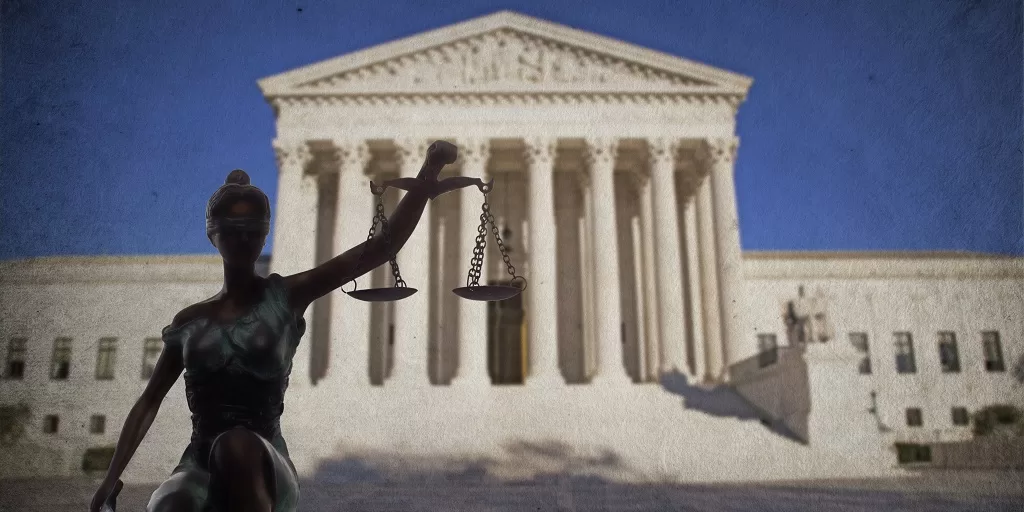Quick Bytes
- Supreme Court overturns Chevron deference in Loper Bright Enterprises v. Raimondo.
- Decision impacts federal agency authority, with significant consequences for various sectors.
- Courts to use traditional tools of statutory construction to interpret laws.
- Implications for immigration law remain uncertain, with potential mixed outcomes.
Supreme Court Reshapes Agency Authority
In a landmark ruling, the Supreme Court has altered the landscape of federal agency regulation and judicial review.
The case, Loper Bright Enterprises v. Raimondo, decided on June 28, marks the end of the Chevron deference, a doctrine that required courts to defer to federal agencies’ interpretations of ambiguous laws. The 6-3 decision, reflecting a conservative majority, asserts that such deference is at odds with the judiciary’s role and the Administrative Procedure Act (APA). Chief Justice John Roberts emphasized the judiciary’s duty to interpret laws, referencing the APA’s directive for courts to “decide all relevant questions of law.”
With the Chevron deference discarded, courts will now rely on traditional statutory construction tools to find the “single, best meaning” of laws, as intended at the time of their enactment. While the ruling levels the playing field between agencies and challengers in court, it also acknowledges the enduring influence of executive interpretations, especially those consistent over time.
For immigration, the effects of the Loper Bright decision are complex. The Department of Homeland Security (DHS) had already begun to argue that the Immigration and Nationality Act (INA) delegates authority to the Attorney General to decide on immigration law questions. The ruling’s impact will vary for individuals in removal proceedings, those seeking benefits, or beneficiaries of executive programs, with outcomes yet to be fully understood.
The Supreme Court’s decision is a significant shift in the balance of power between the judiciary and executive agencies, with far-reaching implications for national policy and regulatory practices.
Click here to read the full Supreme Court decision.
Quick Bytes
- Supreme Court’s decision may end deference to immigration agencies.
- Justice Neil Gorsuch criticizes the Board of Immigration Appeals’ interpretations.
- Ending deference could benefit individuals in removal proceedings.
- Programs like DACA could be at risk, while anti-immigrant policies may face more challenges.
Impact of Supreme Court’s Decision on Immigration Agencies
The Supreme Court’s recent ruling could significantly alter the legal landscape for immigration in the United States.
The decision challenges the long-standing Chevron doctrine, which has granted immigration agencies like the Board of Immigration Appeals (BIA) and U.S. Citizenship and Immigration Services (USCIS) the authority to interpret ambiguous laws. Justice Neil Gorsuch’s concurrence points out the BIA’s tendency to interpret the Immigration and Nationality Act (INA) in ways that often harm immigrants. This shift could empower circuit courts and federal district judges to more frequently overrule agency decisions that negatively affect individuals facing removal or seeking benefits such as green cards.
However, the ruling also poses risks to programs that offer substantial benefits to noncitizens, such as the Deferred Action for Childhood Arrivals (DACA). These programs have previously been upheld in court, partly due to the Chevron deference, but may now face increased vulnerability to legal challenges. Conversely, should Donald Trump return to office, the decision could serve as a tool for advocates to contest any new anti-immigrant rules his administration might implement.
Despite potential benefits for some immigrants, litigants will still have to navigate various jurisdictional barriers within the INA. Justice Ketanji Brown Jackson’s dissent in a related case warns of a likely surge in lawsuits against agencies, which could have mixed outcomes for immigrants.



